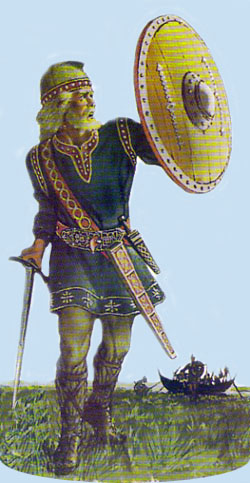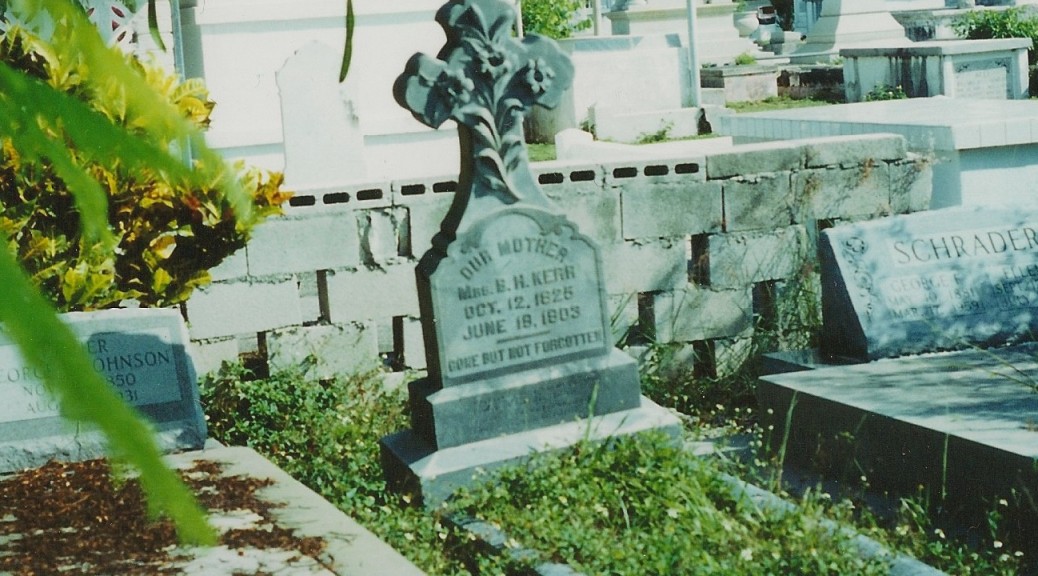The pictures today that are mine…this ship and the main and all the rest are from Key West a pagan environment if I ever saw one and I saw Key West bunches.


MONET COLLECTIBLE SANTA SLEIGH BOX IN ORIGINAL BOX (262292788214) $16.99


Another way to get through Droughtlander


Yesterday’s musings on the bard got me thinking about traditions in general and how, as I have mentioned before, just how really connected we are to so much that has gone before us. What ever your life, where ever you hail from there are threads of your people’s and other people’s most ancient past.
Take the Celtic cross (above). You see them all over Ireland, England, Scotland and Wales–some ancient—some newer. It’s pretty obvious—they a stylized rendition by the former Celtic pagan people to a Christian cross and a new belief….but they go back much further. Seems that some of the Celtic people produced stones in pagan times that have obvious links to the present day Christian one. According to Nigel Pennic (Celtic Sacred Landscapes) these were originally representations of the Great Goddess. “The head parts of these stones have an x pattern seen on the later Cornish stone crosses, but dating from almost a millennium before the adoption of the cross as a Christian emblem.” He also says that the humanoid forms are later seen “in Welsh stone crosses…”


Take St. Bridget for instance. In THE WORLD OF DRUIDS, Green tells us that she was originally “the pagan Irish goddess…who later became a Christian saint (and)…she retained both her old festival (Feb. 1 Imbolc) and her responsibility for the dairy.” So we see here another carry over from our past into our present where a goddess (Any sort of God, deity, or anything that is worshipped and is female. ) becomes a saint (a person acknowledged as holy or virtuous and typically regarded as being in heaven after death.) Both are holy, just normally the 2nd it s actual person and not a heavenly being, at least prior to their demise.

Then there were the pagans themselves–The Viking who never were invaded or had direct contact with the Romans managed to stay pagan years longer than the rest of the countries south of them. They raided, plundered and even permanently settled in some areas.. They remained in Ireland until the 12th century and in what is now France they eventually gave up most of their coastal bases, however they did live on in Normandy which resulted in a new invasion of England (as Normans of Viking decent also in the 12 c)
In England they controlled a major part of the country replacing the Anglo-Saxons (also a foreign power) as king of the hill, at least for awhile. And in Kiev, in eastern Europe these Scandinavian personage became the princes and several of the rulers within their empire were of Scandinavian descent, as well as their retainers. (OXFORD ILLUSTRATED HISTORY OF THE VIKINGS)so their influence in so many sphere, one would anticipate might well have changed ways of doing things.


The Anglo-Saxon came from the continent some as mercenaries and some as invaders. They came as pagans and turned shortly there after to Christian but as the following entry in an Anglo Saxon Herbal (THE WISDOM OF THE ANGLO-SAXONS
/Mursell) shows that the old ways were still an influence.
“This herb, which men call betony (bishopwort), grows in meadows, and in clean down lands and in protected places. It is good for either a man’s soul (that to me hint at the old herbal uses in magic) or his body; it shields him against dreadful nightgoers–Sceadugenga (plur. Sceadugengan — “shadow walker”, “night goer”) not something you see in the Bible a lot and against fearful visions and dreams. This herb is very holy and thus you should gather it. Scratch a person even a modern one and you’ll find some where in their mythology the pagan of the past, the Viking warrior, the wise woman who healed and sometimes conjured.


Then there’s the love fest just shortly gone by—I looked up Cupid and was referred to Amor. A Roman “God of love.” Which developed from the “Greek god Eros.”…..a winged youth with arrows,, bow and torch (ok that’s missing from our depiction). And the name Cupid–“only applied by poets.” So despite all the Catholic holy men with claims to the saint’s day there’s more than a little of our pagan past that has wiggled their way in or in this case his—the present culture–though he evidently left the torch in ancient Rome. ENCYCLOPEDIA OF GODS (Jackson).


But it isn’t only ancient gods who raise their pagan head in our world. The Black Madonna isn’t a black rapper–this form of the Christian Virgin is defined in the NEW BOOK OF GODDESSES & HEROINES (Mongham) She appears in multiple church paintngs and is thought to have had her roots in “healing goddesses of Europe” that date back to pre-Christian eras. Some (as in Germany’s Our Lady of Altotting) have been altered by fire but others don’t have this excuse to fall back upon. Most common in Slavic countries (but also found in Spain, Switzerland, France and Sicily) where the darkness is connected with the soil and thus are an emblem of fertility. One of the most famous of these is in Poland (see above picture) which legend has it being painted by St. Luke in Jerusalem, but in fact dates to the 13 or 14th century and is felt to be done locally. It does warrant a pilgrimage each year—even if it’s origins are more fertility believing Pole rather than Jewish close associate of Jesus.
I am not passing judgment on the fact that we have so much of this influence, merely pointing out that it occurs as part of our ongoing life and heritage and my insistence that knowing the real story can change you prospective in a good way—as reality opens us up to so much.


SPOON-HANDLE TYPE BRACELET BY ONEIDA SILVER TONE WITH ETC… (262293758510) $6.99






